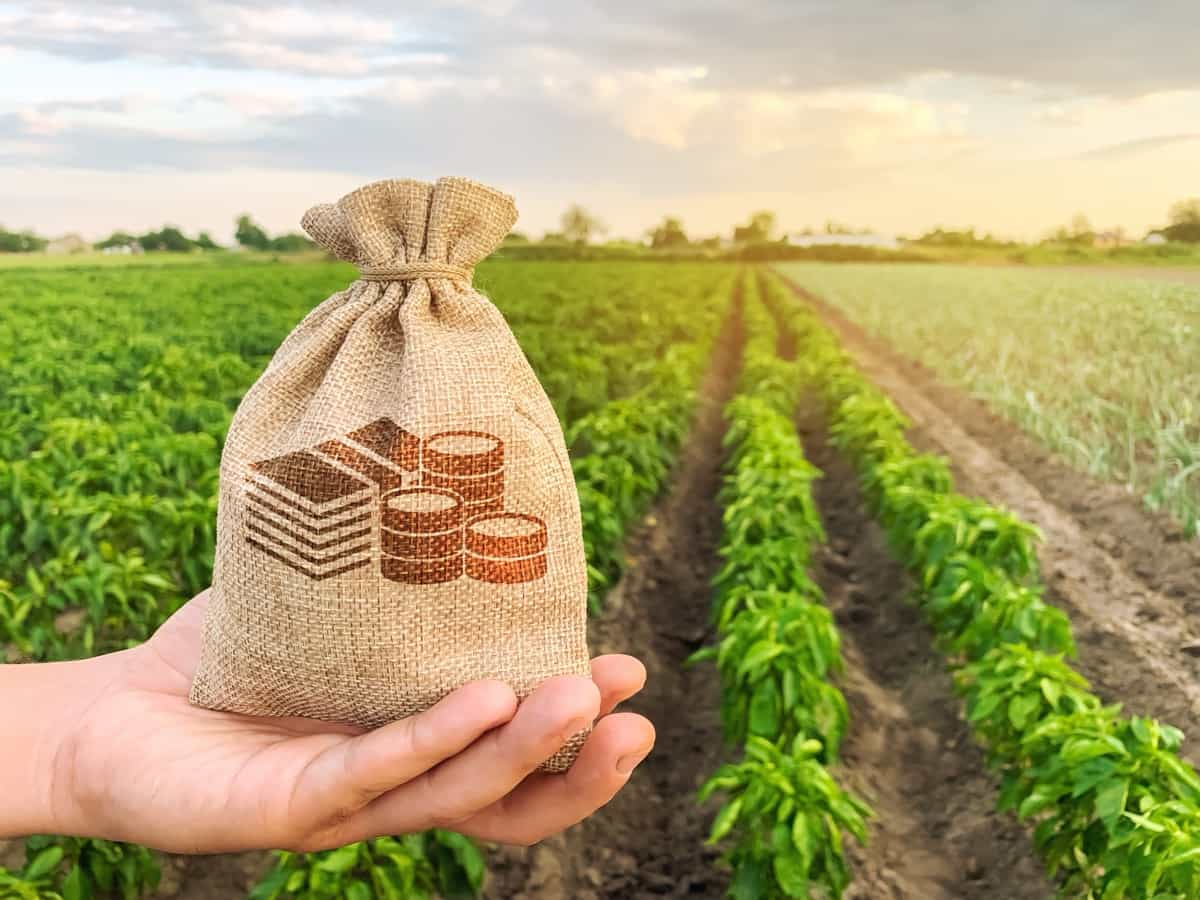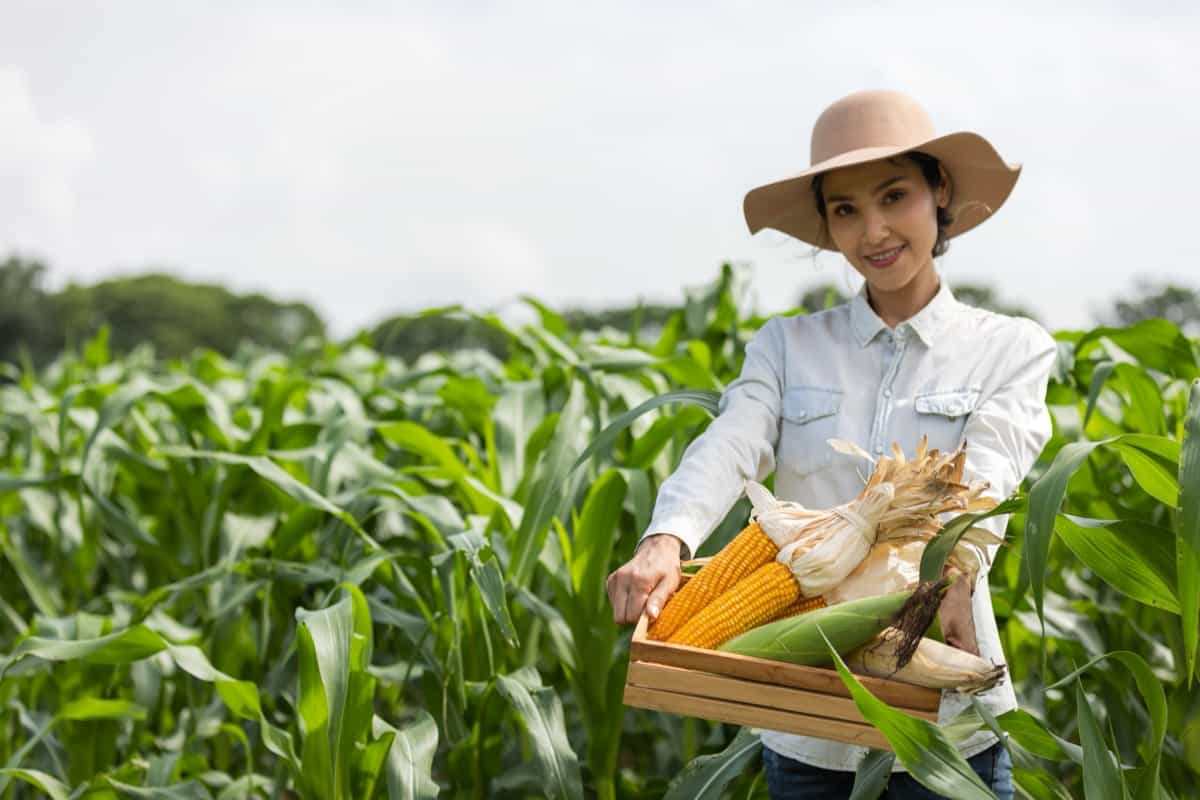Agriculture is a key driver of the worldwide economy, exerting a significant influence on the well-being of farmers. Understanding agricultural income, especially the average farm income per acre, offers insights into the monthly and annual income of farmers. This article dives into various aspects, such as the per capita income of farmers and the average monthly income per agricultural household.

It aims to provide a comprehensive overview of the factors impacting agricultural income per acre, highlighting regional variations, technological influences, sustainable practices, diversification strategies, and the role of government policies. It also examines the economic benefits of crop rotation, comparing incomes between small and large farms to offer a clearer picture of agricultural earnings.
Factors Affecting Agricultural Income Per Acre: A Comprehensive Analysis
Agricultural income per acre is influenced by a myriad of factors, including soil quality, climate conditions, and market access. Efficient water management and the availability of fertilizers play crucial roles in crop yield, directly impacting the average income of farmers. Access to markets and the fluctuating prices of crops also significantly affect a farmer’s annual income. Furthermore, factors like farm size and the type of crops grown contribute to the overall financial outcomes, shaping the economic landscape for agricultural households.
Regional Variations in Agricultural Income Per Acre: A Global Perspective
The agricultural income per acre varies significantly across different regions, influenced by geographical, climatic, and economic factors. In regions with fertile soil and favorable weather, the average farm income per acre tends to be higher. Conversely, areas prone to droughts or floods face challenges, impacting farmers’ annual income. Developed countries often report higher per capita income of farmers due to advanced farming techniques and better market access, compared to developing countries where traditional farming practices still prevail.
Impact of Technology on Increasing Agricultural Income Per Acre: Case Studies
Technological advancements have revolutionized agriculture, significantly enhancing the average farm income per acre. Innovations in farming equipment, irrigation systems, and crop management tools have increased efficiency, leading to higher yields and better-quality produce. Case studies have shown that technology adoption directly correlates with increased monthly and annual income of farmers. Precision agriculture, for example, allows farmers to optimize resource use, thus improving their average income.
Sustainable Farming Practices to Boost Agricultural Income Per Acre
Sustainable farming practices are crucial for enhancing agricultural income per acre. Practices like organic farming, integrated pest management, and soil conservation not only improve crop yields but also ensure long-term soil health, which is vital for the average monthly income per agricultural household. These practices, while safeguarding the environment, also cater to the growing demand for organic produce, potentially increasing farmers’ per capita income.
In case you missed it: How Ramesh Earned Income of 4 Lakhs Per Acre from His Tomato Farm: A Success Story of a Tomato Farmer

Diversification Strategies for Enhancing Agricultural Income Per Acre
Diversification in agriculture involves cultivating a variety of crops and engaging in complementary activities like livestock rearing. This strategy helps mitigate risks associated with crop failures, enhancing the average farm income per acre. Diversification also opens up additional revenue streams, positively impacting farmers’ monthly and annual incomes. By not solely depending on a single crop, farmers can ensure a more stable and increased average income.
Comparative Study of Agricultural Income Per Acre Between Small and Large Farms
A comparative study of small and large farms reveals interesting dynamics in agricultural income per acre. Large farms often benefit from economies of scale, leading to higher per capita income of farmers. Small farms, on the other hand, may achieve higher efficiency and crop diversity, which can positively impact the average monthly income per agricultural household. This comparison highlights the varied strategies and outcomes in agricultural income, depending on farm size.
The Role of Government Policies in Promoting Higher Agricultural Income Per Acre
Government policies significantly influence the income per acre in the agricultural sector. Subsidies, grants, and training programs can significantly boost the average income of farmers. Policies aimed at improving market access and price stability can also enhance the annual income of a farmer. Governments can facilitate technological adoption and sustainable practices, directly impacting the average farm income per acre.
Economic Analysis of Crop Rotation and Its Impact on Agricultural Income Per Acre
Crop rotation, a practice of alternating crops in a given area across seasons, can have significant economic benefits. It improves soil health and reduces pest and disease incidence, leading to higher yields and better quality produce. This practice can increase the average farm income per acre, positively affecting the monthly and annual income of farmers. An economic analysis shows that crop rotation is a viable strategy for boosting farmers’ average incomes and contributing to the overall economic sustainability of agricultural households.
Climate Change and Its Implications on Agricultural Income Per Acre
Climate change poses significant challenges to agricultural income per acre, impacting the stability and predictability of farming. Extreme weather events, changing rainfall patterns, and temperature fluctuations can adversely affect crop yields, thereby reducing the average farm income per acre. Adaptation strategies like drought-resistant crops and efficient water management are essential to mitigate these impacts and ensure sustainable annual income for farmers.
In case you missed it: Backyard Gardening for Extra Income: 10 Ideas for Fun and Profit

Investment in Agricultural Infrastructure to Improve Income Per Acre
Investing in agricultural infrastructure is key to improving income per acre. Enhancements in irrigation systems, storage facilities, and transportation networks can lead to increased productivity and better market access. This investment not only boosts the average farm income per acre but also enhances the overall economic viability of the agricultural sector, contributing to the sustained growth of the average monthly income per agricultural household.
Major Crops Agriculture Income Per Acre
| Crop Type | Average Income Per Acre (USD) |
| Wheat | $200 – $500 |
| Corn | $300 – $600 |
| Soybeans | $250 – $600 |
| Rice | $400 – $800 |
| Cotton | $300 – $700 |
| Potatoes | $500 – $2,000 |
| Tomatoes | $1,000 – $3,000 |
| Apples | $2,000 – $5,000 |
| Grapes | $1,500 – $4,000 |
| Almonds | $3,000 – $6,000 |
| Coffee | $1,000 – $3,000 |
| Tea | $500 – $1,500 |
| Sugarcane | $300 – $1,000 |
| Barley | $200 – $400 |
| Peanuts | $400 – $1,000 |
| Sunflowers | $300 – $800 |
| Canola | $250 – $700 |
| Oats | $200 – $500 |
| Olives | $1,500 – $4,000 |
| Bananas | $500 – $2,500 |
In case you missed it: Pig Farming Success Story: Check How this Livestock Farmer Earns Excellent Income

Conclusion
Agricultural income per acre is influenced by a complex interplay of factors, including technological advancements, sustainable practices, and infrastructural investments. The challenges posed by climate change and the importance of government policies further underscore the dynamic nature of this sector. Understanding and addressing these elements are crucial for enhancing the economic well-being of farmers globally, contributing to a more sustainable and prosperous agricultural future.
- Feed Your Flock for Less: Top 10 Tips to Save on Chicken Feed
- Ultimate Guide to Ossabaw Island Hog: Breeding, Raising, Diet, and Care
- Hatching Answers: The Top 10 Reasons Your Chickens Aren’t Laying Eggs
- Eggs and Economics: Breaking Down the Cost of Raising Backyard Chickens
- Defend Your Greens: Proven Methods to Keep Iguanas Out of Your Garden
- Ultimate Guide to Cinnamon Queen Chicken: A Comprehensive Guide for Beginners
- Ultimate Guide to California Tan Chicken: Breeding, Raising, Diet, Egg-Production and Care
- Ultimate Guide to Marsh Daisy Chicken: Breeding, Raising, Diet, and Care
- 10 Types of Chicken Farming Businesses You Can Start for Profits